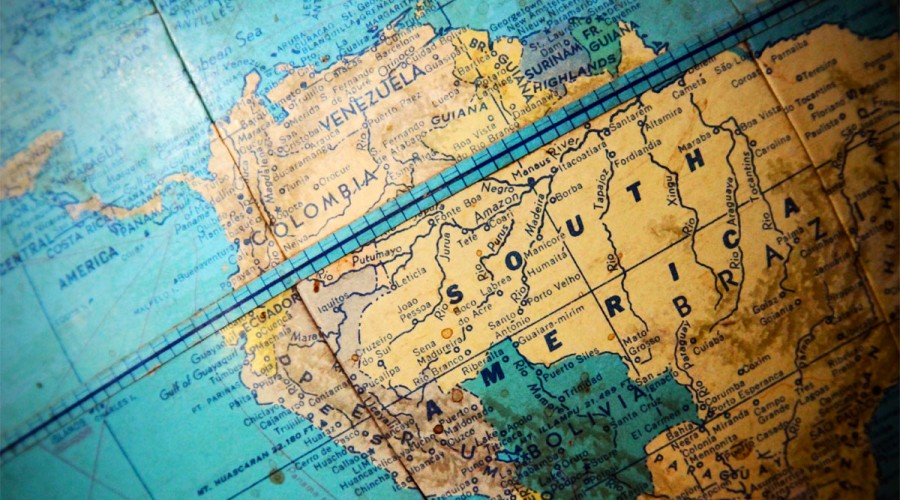WHAT ARE THE PRECAUTIONS TO TAKE WHEN VISITING SOUTH AMERICA ?
With their mosaics of landscapes and cultures, South American countries are wonderful travel destinations, where you are sure to spend unforgettable holidays. However, carefully planning your trip ahead and taking some precautions while traveling are indispensable to enjoy a safe and successful stay.
CHECK YOUR VACCINATION STATUS
If you plan to travel to South America, you should be aware that you will have to provide certificates for certain vaccinations to be able to enter most of the countries. Before your departure, seek information regarding the recommended and required vaccines for your country of destination, and make sure you are up-to-date with all these vaccines.
As a general rule, the strongly advised vaccines are those against diphtheria, tetanus, polio, pertussis and measles. It is also safer to be vaccinated against seasonal flu. If you intend to travel for a long time in South America, you should get vaccines for hepatitis A, hepatitis B, rabies and typhoid fever. In the following countries, getting vaccinated against yellow fever is essential : Bolivia, Brazil, Colombia, Ecuador, Peru, Paraguay and Venezuela. You must get the yellow fever vaccine at least 10 days before your departure.
PROTECT YOURSELF FROM DISEASES WHILE TRAVELING
South America comprises many tropical areas, where diseases transmitted through contaminated water, food or insects are common. These zones are notably at high risk of traveler’s diarrhea, hepatitis A, typhoid fever and intestinal parasite infections. In Paraguay, cases of brucellosis are also frequent. As a consequence, you must always make sure what you eat and drink is safe : never eat raw or under cooked food, only drink safe water, and never consume unpasteurized dairy products. Avoid eating fish coming from the coastal seas of Colombia and Venezuela, as it may be infected with ciguatoxins and cause ciguatera, a serious food poisoning. If you swim, be extremely careful of the quality of the water. Be aware that Brazil, Colombia and Venezuela are at high risk of leptospirosis and bilharzia. Also avoid walking barefoot on the sand, as you could be victim of cutaneous larva migrans (larvae of hookworms penetrating into your skin). Among the diseases transmitted by insects in South America, malaria, dengue fever, Chagas disease and yellow fever can be quoted. Note that outbreaks of meningococcal disease regularly occur in the North of Brazil, especially during the dry season.
DON’T FORGET TO PACK A MEDICAL KIT
Don’t forget to put a complete medical kit in your luggage. It should contain all the necessary medications and supplies to face minor injuries and infectious diseases. If you are not sure what to pack in your medical kit, seek advice from your doctor. First aid supplies to heal small wounds, basic treatments to relieve headaches and nausea, medicines for diarrhea and prophylaxis drugs for malaria can be quoted among the essential medical items you should bring to South America, as well as sunscreen and mosquito repellent.

